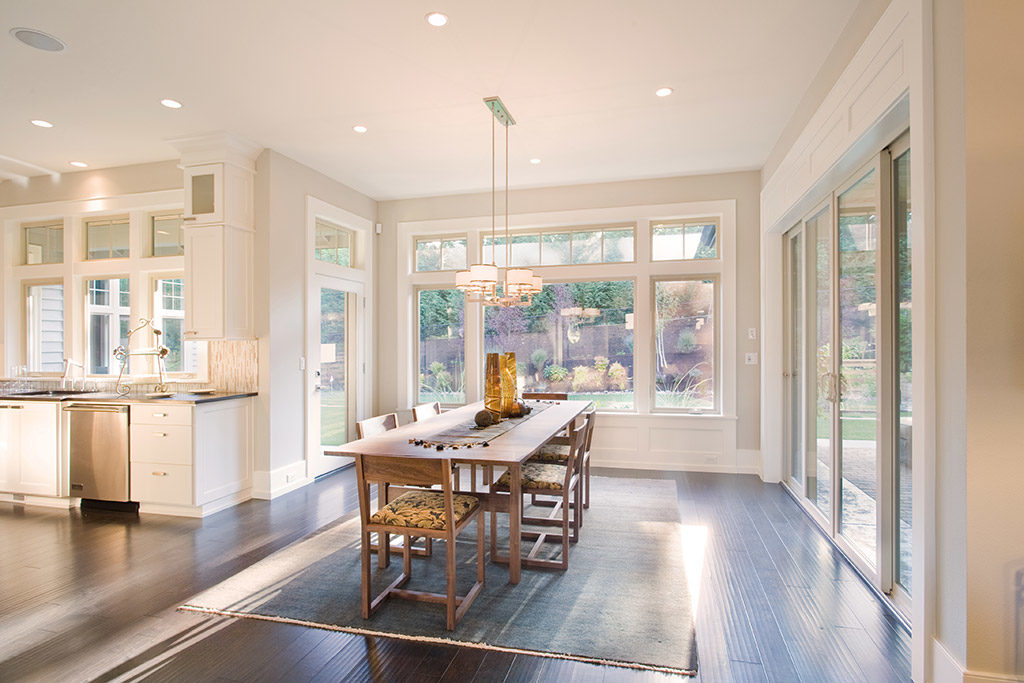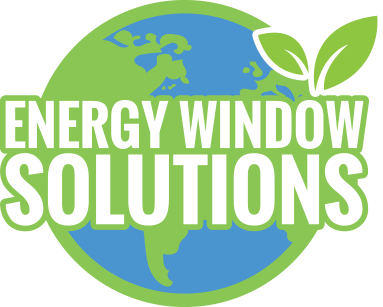
Choosing Energy Efficient Windows in Colleyville, TX
While many customers out there care about the aesthetics of their windows and try to get stylish window treatments for their houses, they are also becoming conscious of the implications of the window choices they make. In the Colleyville, TX area, many of the energy-conscious homeowners are trying to choose the right windows that would minimize their heating and cooling costs. This is not only an environment-friendly path, it is also an economically wise decision. And in order to make sure you make the best decision for you and your house we are going to list out the four key components that you should be mindful of while making the decision that is best for you.
What’s in the Glass
Yes, you need to take into account the type of material your windows are made of, but you should also be more concerned by what’s inside the frame. A lot of experts who have years, if not decades, of experience building houses in the Colleyville, TX area, from basic low-income housing to million-dollar projects, will tell you that most energy-efficient windows have the same basic features, with minor changes making all the difference.
For example, adding a vacuum-sealed argon fill to a double-paned window with low-E glass makes quite the difference in a home’s utility bills, without adding much to the construction cost. Though there all these options available in the market, like triple-paned glass or gases with enhanced insulation properties, they generally don’t add much to the efficiency of the window and only increase the cost.
Argon-filled, low-E, and double-paned windows generally provide a fair amount more insulation than a single-pane window. What these windows do is that they shield the inside of the house from UV rays and the heats of the sun in the summer and in the winter prevent the heat from escaping in the winter. This makes them sensible and effective options from the standpoint of the weather patterns in Colleyville, TX and its whereabouts. Triple-paned windows generally prove more efficient in harsh winter climates, though they also reduce the window’s visibility and light transmittance.
Windows in the Energy Star program will have stickers on them showing their ratings as per the National Fenestration Rating Council (NFRC). This will let you estimate the glasses efficiency features. The qualifications for these ratings have two criteria and the lower their number the better the window will perform.
- Solar Heat Gain Coefficient (SHGC): this measures the amount of heat that enters the home through the glass.
- U-value:this measures the window’s unit resistance to heat loss.
Designed for Efficiency
A lot also weights on the design of the window, since some designs are inherently more efficient than others. The most common options in the well-designed list of windows, as you will also notice in the Colleyville, TX area, are the following:
Casement windows: these are generally popular in places where the wind is an issue. These have a crank that swings the window outward to open and when the wind blows in toward the house, they tightly seal themselves off. They also require maintenance on seals and hinges to ensure continued efficiency and stability.
Double-hung windows: common in pre-war buildings, these are traditional units in quite a few homes in the country. These involve the bottom sliding up to open them. Though efficient choices in really extreme climates, these might not be the best of option everywhere, since air can enter through spaces between the slides.
Picture windows: these are larger units in which the gas-filled interiors and the glass choices play a significant part in determining their efficiency. They usually designed in different shapes and sizes.
The Right Frames
A variety of materials are available when it comes to window frames, with each having its own pros and cons to consider. The decision will be based on your requirements, the style that you are going for, and your budget. A lot of homeowners in the Colleyville, TX area will have heard that wood frames are better at tackling cold and heat transfers than aluminum ones, due to the latter’ conduction properties. However, wood may not necessarily be a better choice when it comes to evaluating its utility-bill friendliness.
Aluminum: this material is a practical choice for windows in humid, rainy climates and also meets the stringent requirements in hurricane-prone areas of coastal building codes, due to their strength. However, they don’t perform all that well when it comes to heat transfer and have poor insulation properties.
Vinyl: it is a practical choice for households that want high energy efficiency and a good value for money, given that it will well-constructed and properly installed to reduce air leaks. However, many homeowners don’t find it aesthetically appealing, especially since it has a limited range of colors to choose from.
Wood: You will see in many houses that their decades-old wood windows still are in good shape, this is due to the high-quality cuts and the species of wood used. These windows have the best insulative properties of all their competitors, but they also require greater maintenance. Plus, they aren’t the best choices for extremely humid and rainy climates.
Wood-Clad: these tend to offer the best of both worlds, with a wood interior that is resistant to heat transfer, and a metal exterior, like vinyl or aluminum, that is low-maintenance. These are prone to water intrusion though, especially in wetter climates. Therefore, wood-clad windows should include waterproof rubber membranes and sill pans. What the sill pan does is that it drains any water that gets across the window sills and jambs, and minimizes the intrusion.
Proper Installation
Contractors that rely too heavily on sealants or expanding foams to get the window to fit well are not to be trusted. Here at Energy Window Solutions, we realize the consequences of that practice since these materials aren’t waterproof and will lead to problems down the road. Regardless of how much you spend on your windows, if they aren’t properly installed, then they won’t perform effectively. The best option is to pre-install waterproofing before you install the windows. There are many trivial and cheap parts of installing windows, such as flashing and proper caulking, for which if the contractors do not have the experience and the eye for detail then these will cause water leaks in the future resulting in many other easily preventable issues.


